Koishikawa Korakuen - A Charming Historical Garden Near Tokyo Dome

Koishikawa Korakuen is a garden made in the 17th century in the Bunkyo ward of Tokyo. There are so many seasonal flowers and events to enjoy in this historical spot! Read on to find out more about this lovely garden in the busy city.
Recommended Spots in Koishikawa Korakuen
Daisensui
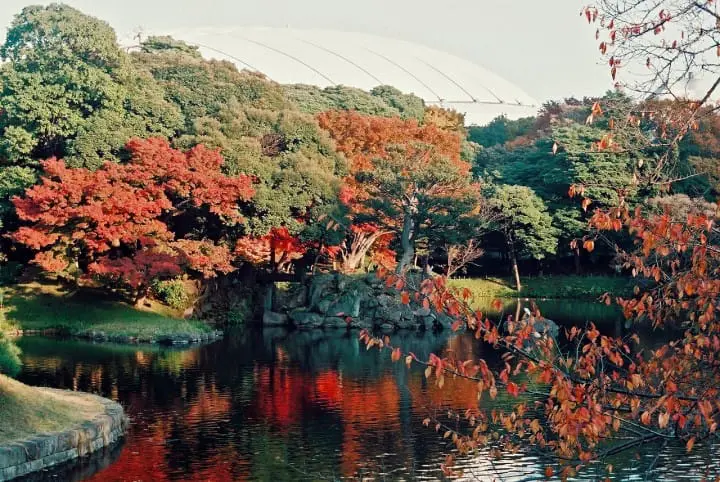
This lake represents the largest lake in Japan, Lake Biwa, found in Shiga prefecture. This is one of the garden's highlights. In the past, it was possible to go on boat rides in the lake.
Shorozan
'Little Rozan', this mountain got its name from its similarity to the scenic spot Rozan in China, (Lushan in Chinese). From the round artificial mound that is completely covered in ruscus bamboo, you can gaze down at the garden from its summit.
Ooigawa
This river was made with the influences from the Ooigawa River in Arashiyama, Kyoto. The crimson bridge, Tsuenkyo, extending over the river was made with the influences from the Tsutenkyo at Tofukuji Temple in Kyoto. It is also a well-known place to see the foliage in autumn.
Tokujindo
This is a hall where wooden statues of the brothers, Hakui and Shukusei are placed. They were scholars in ancient China that became worshiped as saints in Confucianism.
Engetsukyo

This is a stone bridge where the bridge and its reflection create a perfect circle like that of a full moon. Please note that you cannot cross this bridge anymore.
Inada
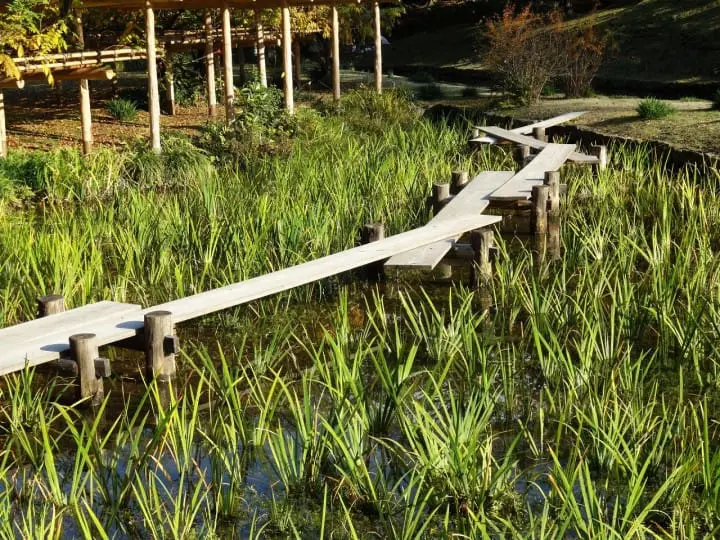
In the northern area of the garden, you will find a view of a farm with rice paddies, plum forests and iris gardens. The rice paddy is said to have been made by Mitsukuni Tokugawa who wanted to teach the hardship of farmers to his son and his son's wife. In June, the irises are in full bloom here and look wonderful.
Kantokutei
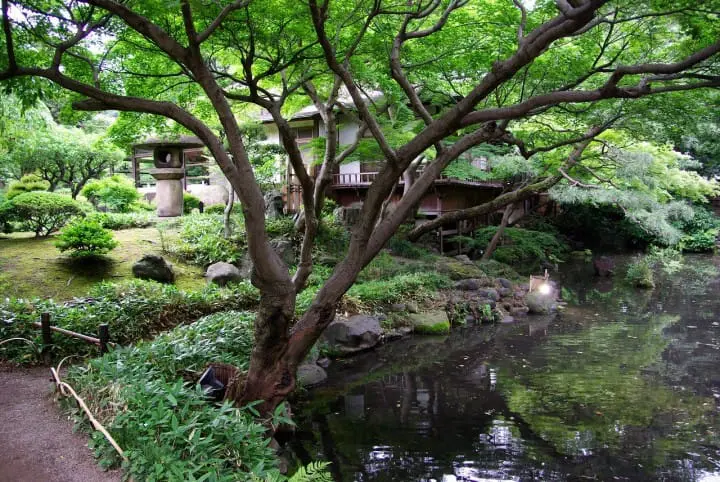
Photo courtesy of JNTO
Kantokutei is a Japanese house within the garden. It has many Japanese-style rooms that may be rented out if you make a reservation by telephone (phone: +81-03-3811-3015). This costs from 2100-5800 yen.
If there are rooms without reservations, a rest house opens from 12:00 to visitors and provides light meals and green tea for an additional fee. You can tell if the rest house is operating or not by the sign that says "The rest house is in operation" in front of the west gate and in front of the Kantokutei.
Seasonal Events of Koishikawa Korakuen
Seasonal events at Koishikawa Korakuen change according to the flowers and foliage. For more details on dates, please check their official website (Japanese).
February: Plum Festival
As the plum flowers bloom, tours around the plum garden are held along with plant shops and regional specialty shops open in the area. In addition to that, you will also be able to see a traditional Kyogen performance or performances featuring the koto harp and the shakuhachi flute. This festival is held annually from mid-February to early March.
May: Bamboo Crafting Class
From bamboo propeller toys, one flower vases, and bamboo flutes, you will be able to make crafts in this class so long as supplies last. This is held every May 5th on Children's Day and costs only 50 yen to join.
May: Farming
During this time, you will be able to watch local elementary school children take part in a farming experience. This event is held sometime around May 20th.
September: Harvesting
Once the harvesting time comes, you can watch the same local elementary school children harvest the crops they planted. This is held annually from the end of September to early October.
November: Warabocchi Class
Warabocchi is a fence made of straw that is used to cover the plants and protect it from the frost and the cold of winter. You can also make single flower vases with the warabocchi as well. This event is held on Culture Day (November 3rd) and costs 50 yen to join.
November: Autumn Leaves Festival
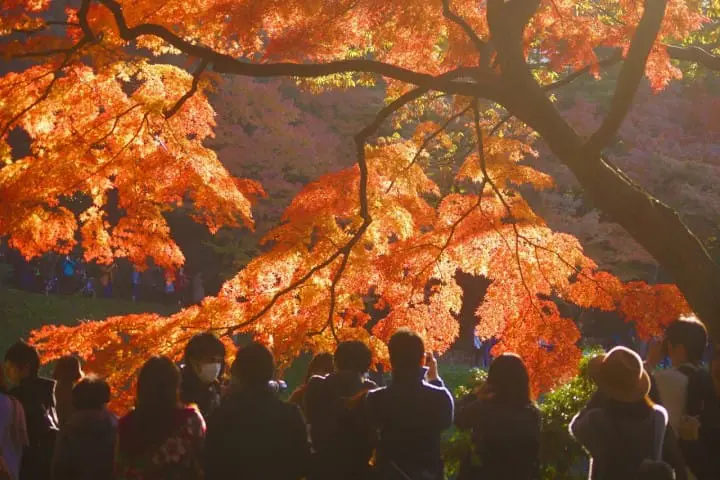
Along with the amazing sight of the 480 Japanese maple leaves turning red, you can partake in a tea ceremony or watch traditional Edo-style performances called the Edo Daikagura. This event is held annually at the end of November to early December.
December: Yukitsuri
Yukitsuri is a traditional gardening technique used on pine trees so that the branches do not break from the weight of the snow that falls on them in the winter. You can get a guided tour while exploring the garden during this event, which is also held during the Autumn Leaves Festival.
Tourist Spots Around Koishikawa Korakuen
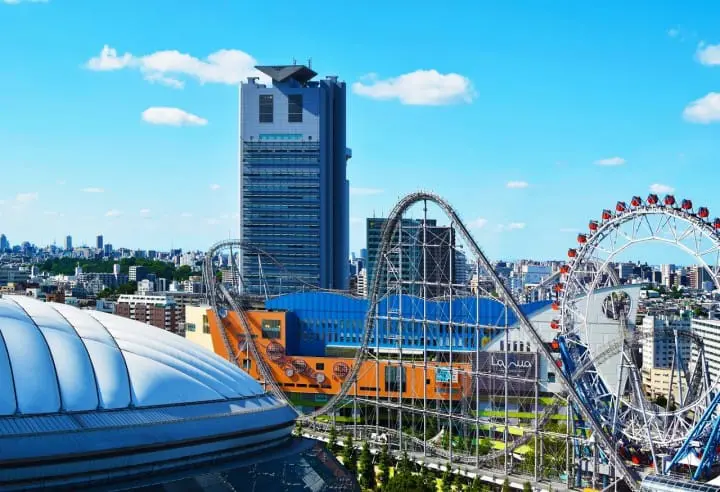
Tokyo Dome City is a massive entertainment center that includes the Tokyo Dome baseball field, Tokyo Dome City Attractions Amusement Park, the natural hot spring and spa facility L'Aqua, and the Tokyo Dome Hotel.
Next to that is the Bunkyo Civic Center that has a free observatory lounge. You can get a panoramic view of Tokyo that even includes Skytree, and on a clear day, you can even see Mt. Fuji!
After a five minute walk from Iidabashi Station, you can find Tokyo Daijingu Shrine where the Oinari-sama (*1) of Tokyo can be found. This is a shrine built in 1880 and is known as an energy spot for good connections.
*1 Oinari-sama: A common way of referring to the Ise Shrine in Mie prefecture.
Hotels near Koishikawa Korakuen
** Travel times and expenses are based on publicly available information and are current as of May 2017. They may be subject to change.
奈良生まれの旅好きライター。日本の魅力を世界の人々に伝えていきたいです。





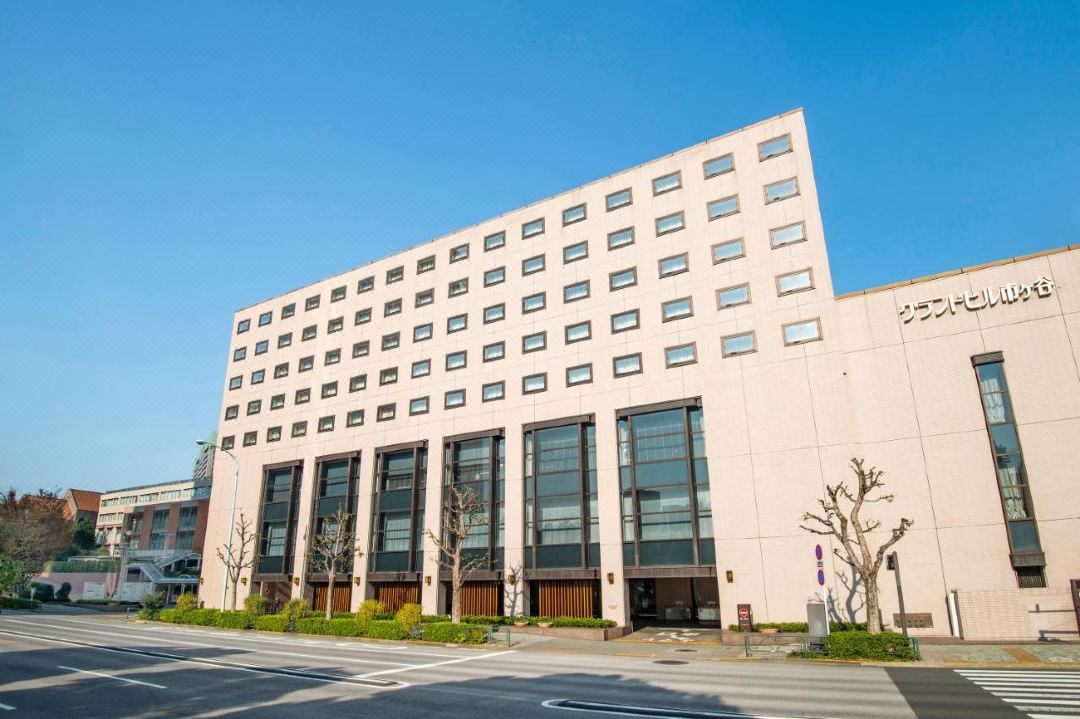
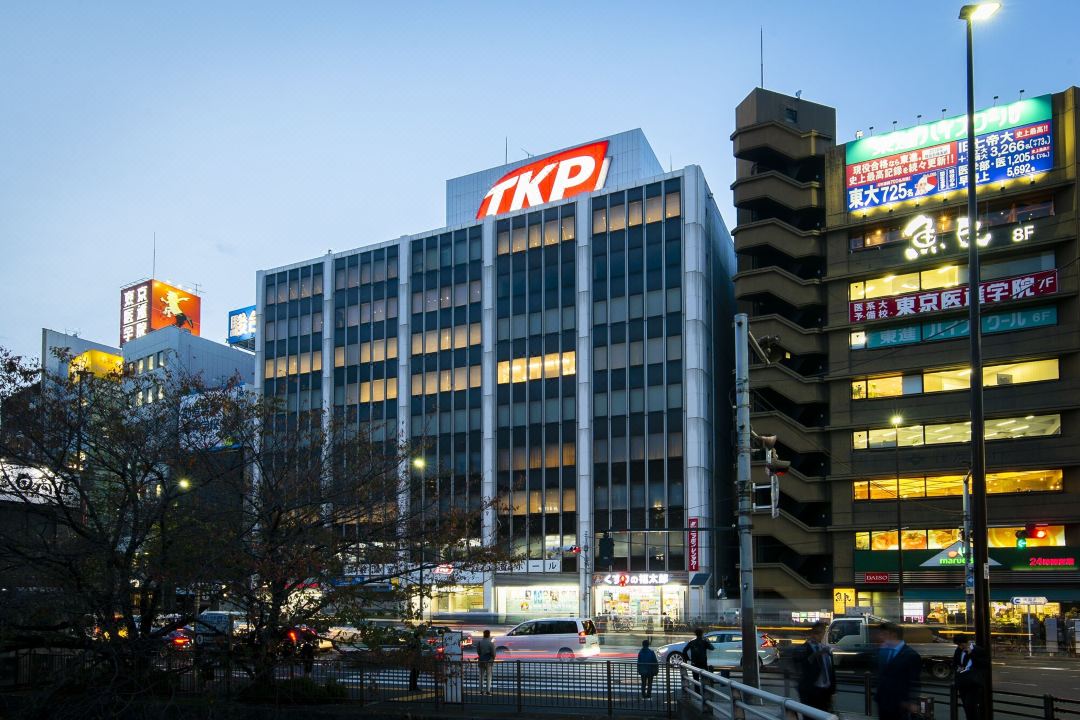




























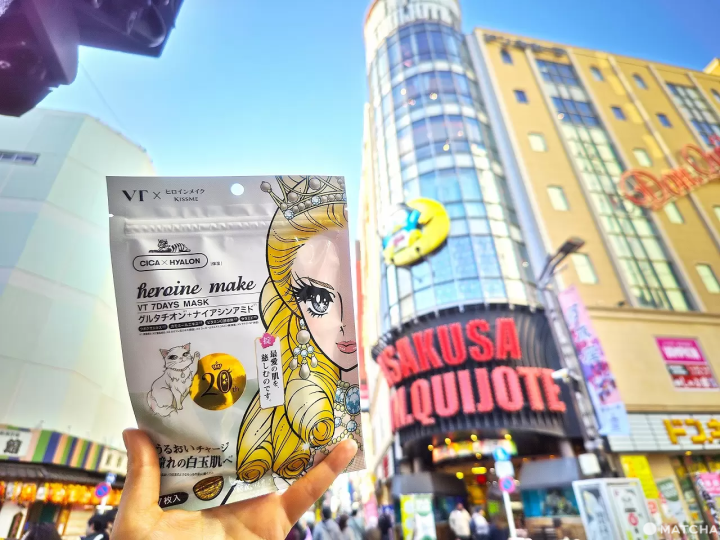
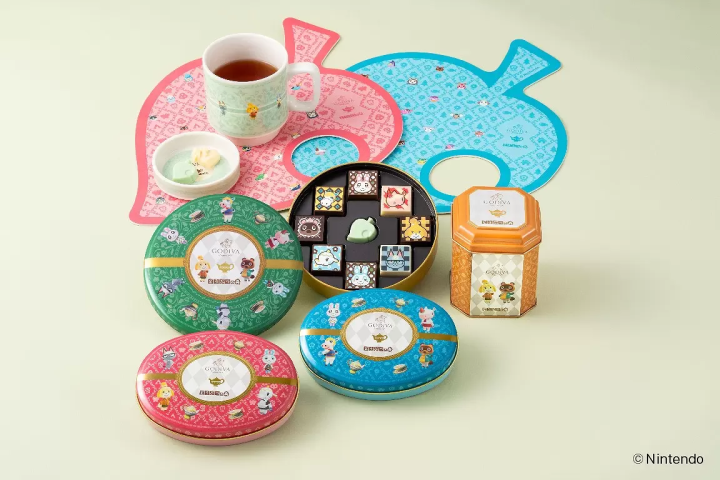
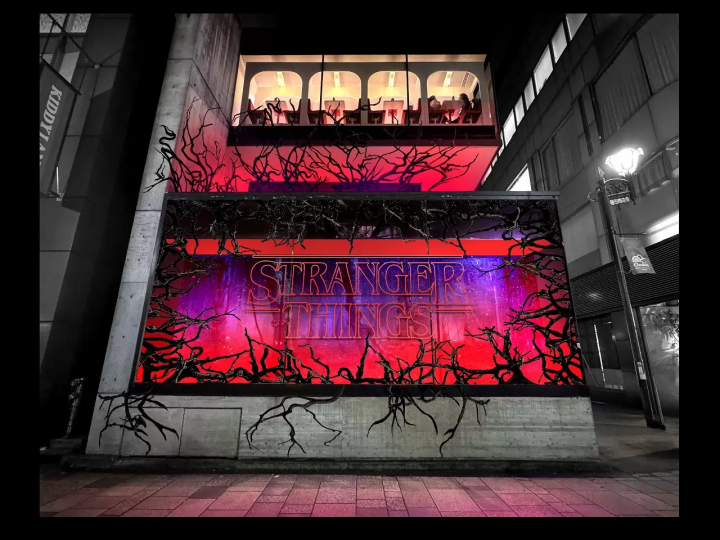
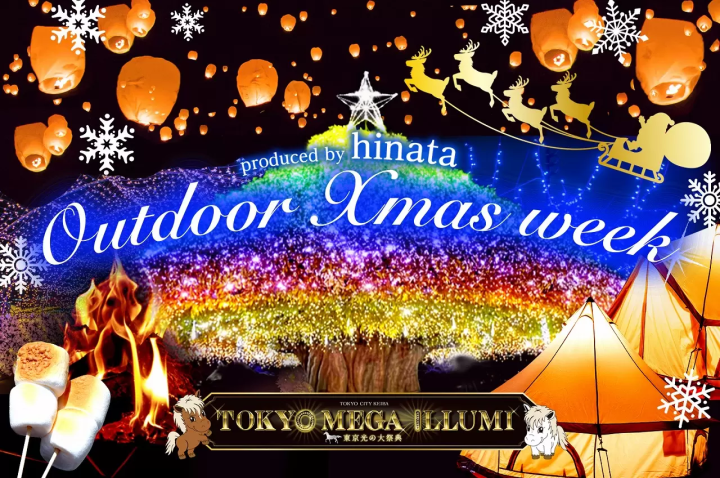
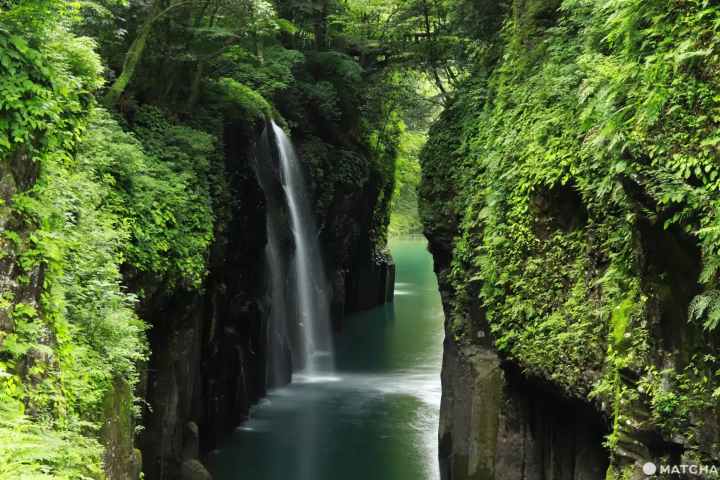




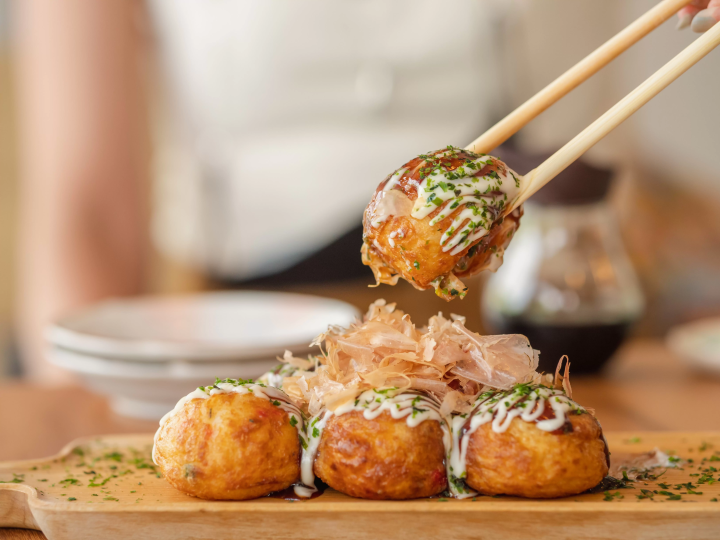
![[2026 Edition] FORMUAL 1 JAPANESE GRAND PRIX Information](https://resources.matcha-jp.com/resize/720x2000/2025/10/05-245984.webp)
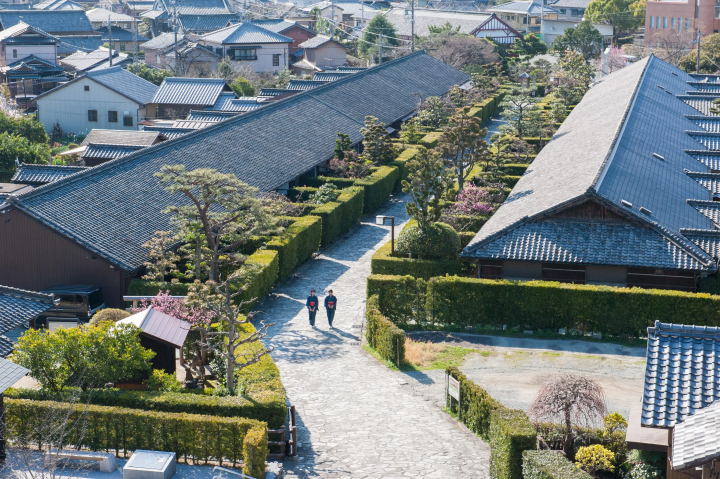
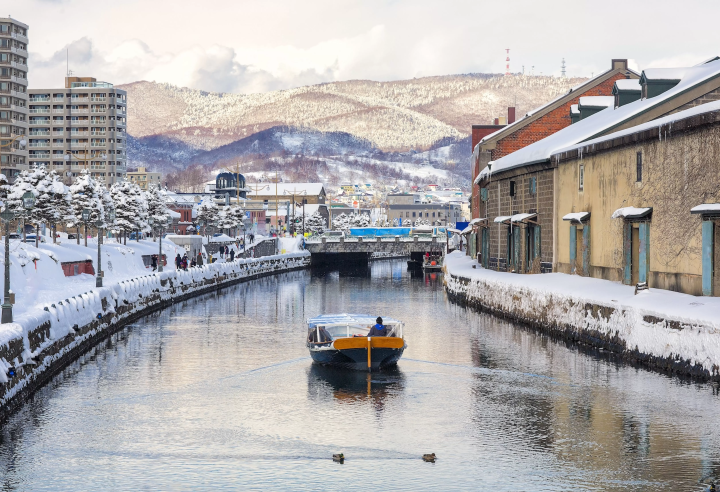
![[2025 Update] Namba's spectacular illuminations! "Namba Hikari Tabi" with approximately 1 million shining lights](https://resources.matcha-jp.com/resize/720x2000/2025/12/12-252825.webp)